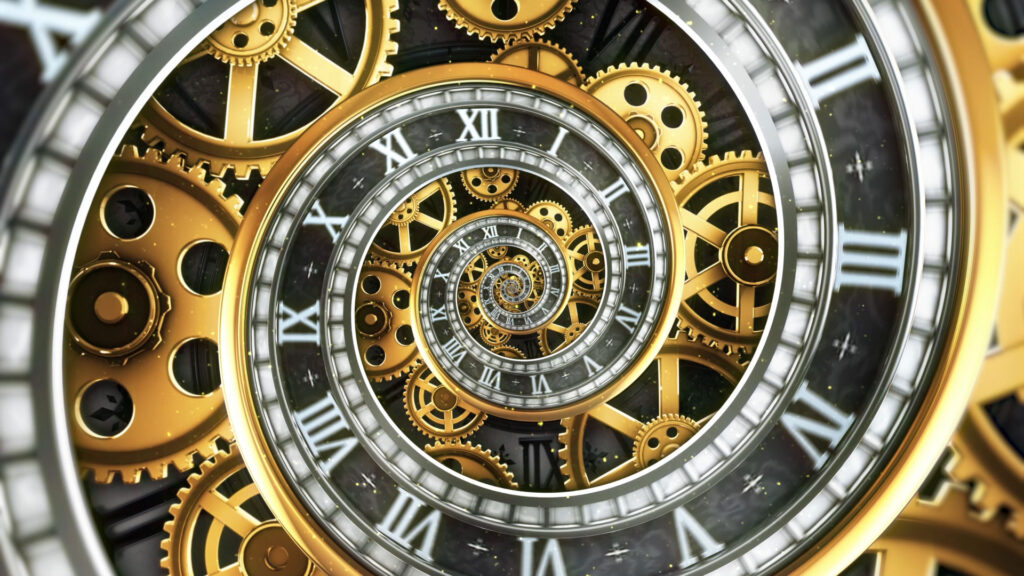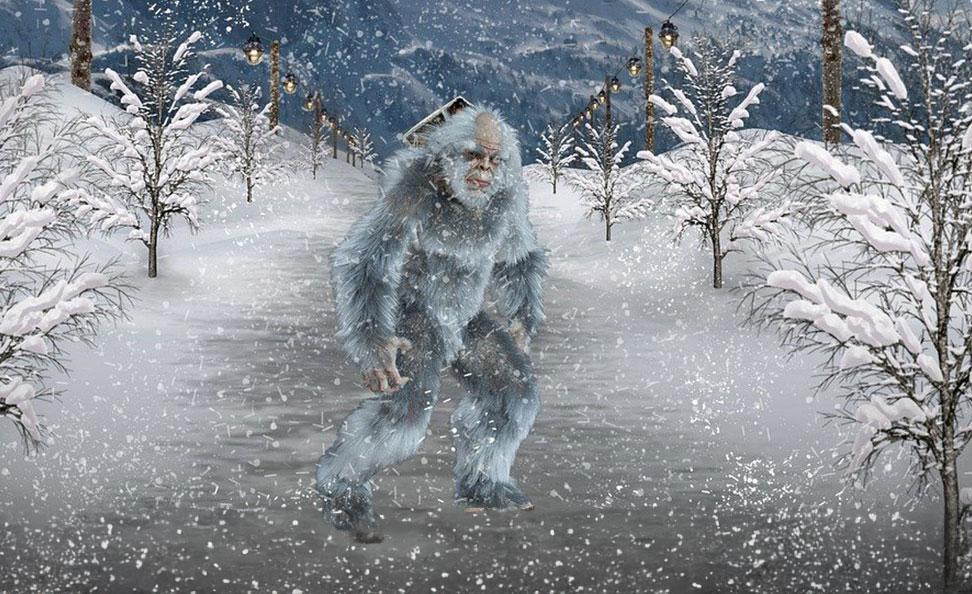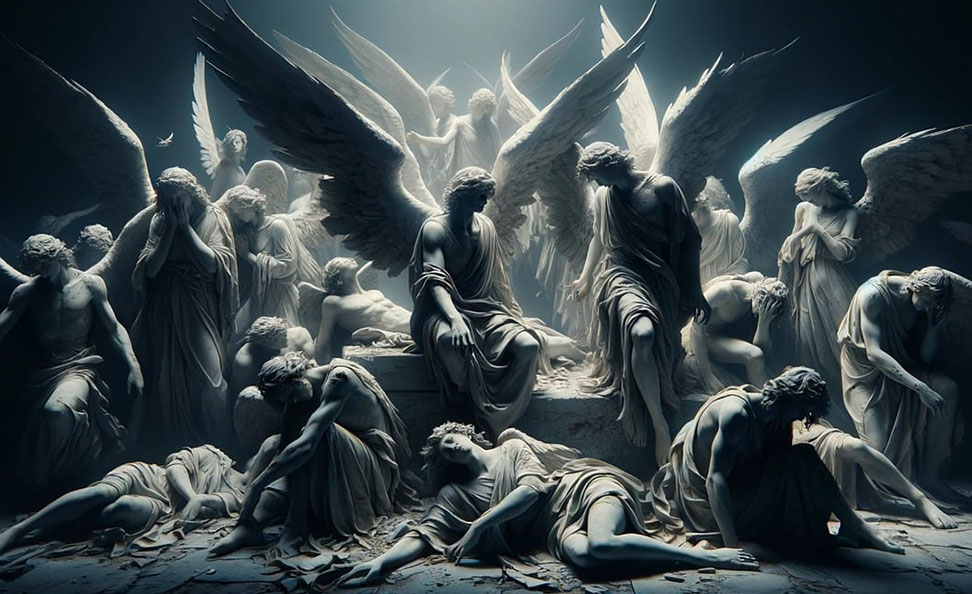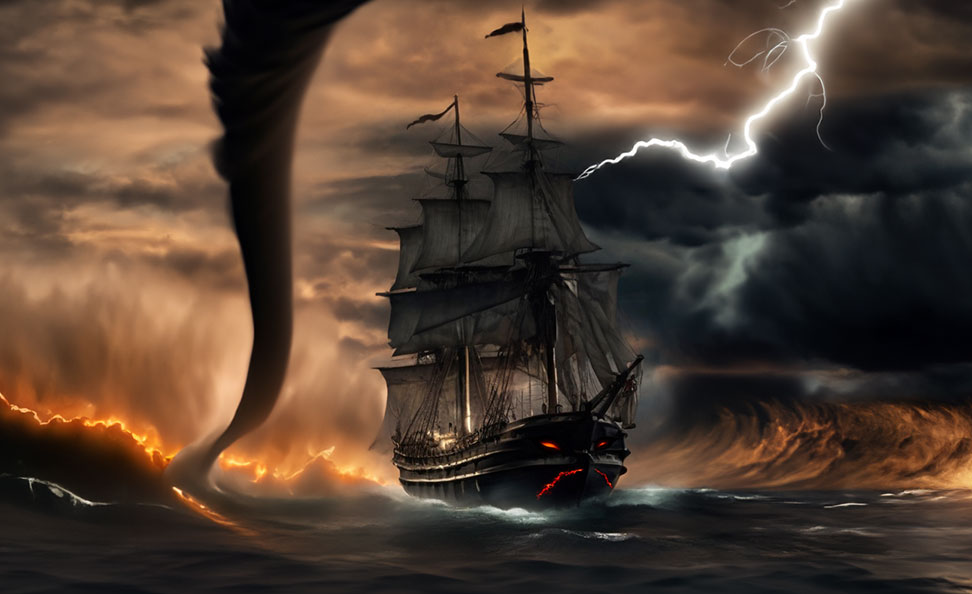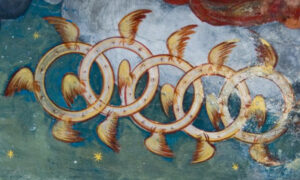Throughout history, prophets from various cultures and religions have made prophecies and predictions of the how the end of the world will come and the cataclysmic events that will lead to the extinction of all living creatures on Earth.
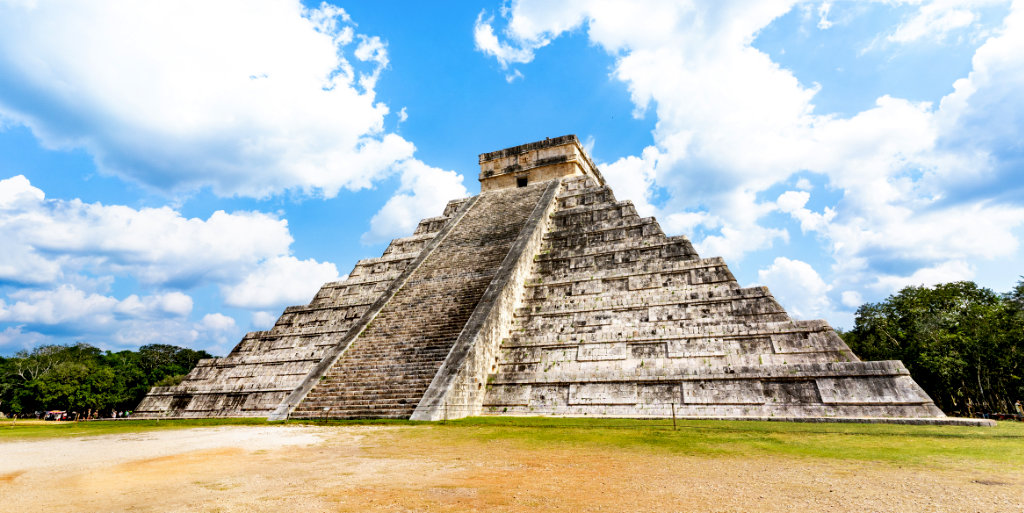
These astonishing prophecies and predictions about the end of the world have shaped the beliefs of many societies, stirred the imagination of individuals, and, in some cases, influenced their decisions.
Let’s look into the predictions made by ancient cultures, Christian beliefs, and modern-day prophecies that provide hints and forewarnings about the end of times.
Predictions From Ancient Cultures
Mayan Culture's Prediction for the End of the World in 2012
The Mayan civilization was renowned for its advancements in the fields of astronomy, mathematics, and astrology. At the heart of its calendar system was the concept of cyclical time, which gave rise to the prophesied end of the world in December 2012. This prediction was founded on the Long Count Calendar, which tracked time in 394-year chunks known as baktuns. According to this calendar, on December 21, 2012, the 13th baktun would come to an end.
Many people interpreted this date as the literal end of the world. However, scholars have argued that the Mayans saw this event as a significant transition in the cyclical nature of time rather than a cataclysmic disaster. Some people speculated that the end of the cycle would mark a spiritual transformation that would raise global consciousness levels. Others believed that the date would bring about cosmic events, such as galactic alignment, which might cause natural disasters.
Despite the widespread fear surrounding the 2012 phenomenon, December 21 came and went without any significant catastrophes.
The world did not end, and life continued as usual.
Yet, the Mayan prophecy remains captivating, as it vividly illustrates the ancient civilization’s understanding of the cosmos and the passing of time.
Chinese Belief in a Great Flood That Will Destroy All Life on Earth
In the arena of prophecies and predictions, the Chinese prophecy of a great flood emanates from ancient myths and legends that date back millennia. This belief tells of an immense deluge that will overcome the Earth, inundating everything in its path and eradicating all life.
This prophecy is deeply intertwined with the myth of Yu the Great, a legendary figure and the founder of the Xia dynasty. According to the legend, Yu was tasked with controlling a mighty flood that had been unleashed by the wrath of the heavens. Through his ingenuity and perseverance, Yu managed to thwart the disaster and save his people from total annihilation.
The Chinese flood myth serves as a cautionary tale that emphasizes the importance of balance in the natural world. It illustrates the delicate equilibrium between order and chaos and teaches that humanity must strive to maintain harmony with the environment to avoid unleashing catastrophes like the great flood.
This prophecy, much like the Mayan and Norse predictions, reflects the belief in a cyclical nature of time, where devastation is followed by rebirth and renewal.
Norse Mythology's Ragnarök: An Apocalyptic Event Involving Natural Disasters and Wars Between Gods and Giants
Ragnarök is one of the most famous end-of-the-world prophecies in Norse mythology. It tells of a series of cataclysmic events that will culminate in the world’s destruction and subsequent rebirth. This apocalyptic tale commences with Fimbulwinter, a three-year-long winter marked by extreme cold and relentless snowfall.
This freezing period will spark widespread conflict and strife as people struggle to survive, leading to the abandonment of moral values and ethics.
Following Fimbulwinter comes a series of disastrous events, including wars between gods and giants, earthquakes, the release of monstrous creatures such as the wolf Fenrir and the serpent Jörmungandr, and, ultimately, the engulfment of the world in flames. Amidst this chaos, several gods, including Odin, Thor, and Loki, will meet their demise in epic battles.
After the world is laid waste, it is said that the Earth will rise anew from the sea. A new generation of gods will emerge, led by Odin’s sons, Balder and Höðr. Humanity will also experience a rebirth, repopulating the world and starting anew from the survivors of the apocalypse, Lif and Lífthrasir.
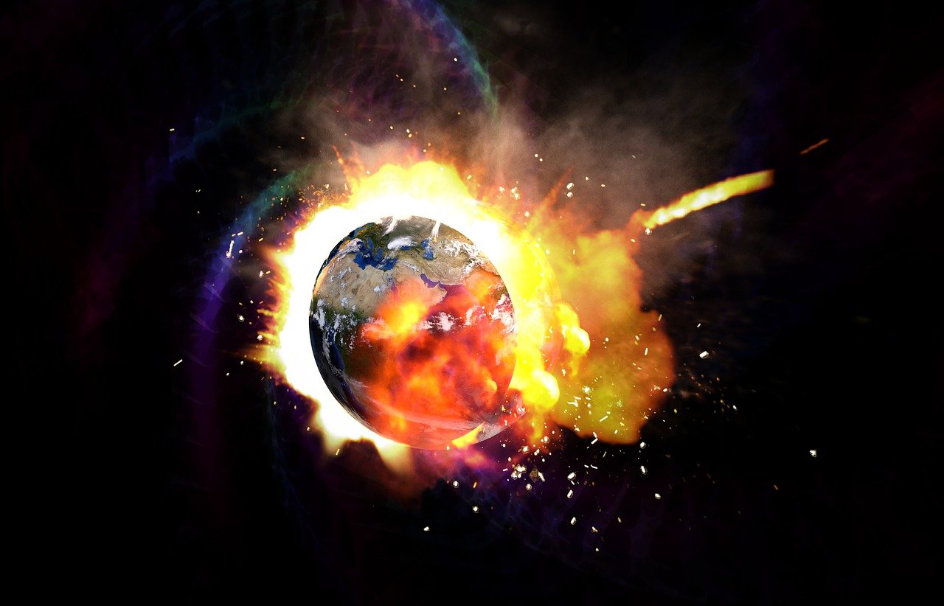
Ragnarök, like the other end-of-the-world predictions, combines the themes of destruction and renewal. It serves as a powerful allegory for the cyclical nature of life and provides a moral framework for adherents of Norse mythology.
Prophecies and Predictions From Christianity
Christian prophecies related to the end of the world have their origins in the teachings of the Bible, including the Old and New Testaments. These prophecies and predictions are primarily centered around the second coming of Jesus Christ and catastrophic events that will precede His arrival.
The Rapture as Part of Jesus' Second Coming to Earth
Some denominations of Christianity predict that the Rapture, an event where all true believers will be “caught up” to meet Jesus in the sky, will signal the beginning of the end times. This will be followed by a period of tribulation, during which the Antichrist will rise to power and wreak havoc on Earth. After seven years, it is believed that Jesus will return to defeat the Antichrist and establish a 1,000-year reign of peace.
Revelation's Predictions of Catastrophic Events: Earthquakes, Plagues, and Natural Disasters
The book of Revelation, also known as the Apocalypse, is the final book in the New Testament and contains a series of prophecies related to the end of the world. These predictions detail numerous catastrophe events such as earthquakes, plagues, wars, and natural disasters that will occur before the second coming of Jesus. Ultimately, these events will lead to the Battle of Armageddon, God’s final judgment, and the creation of a new heaven and earth.
Modern-Day Prophecies and Predictions
With the dawn of the 20th and 21st centuries, new predictions about the end of the world have emerged, fueled by political events, technological advancements, and our ever-growing understanding of the universe.
20th Century Predictions From Europe

Cheiro, born William John Warner, was an Irish biographer, palmist, and astrologer who rose to prominence during the early 20th century. Over his lifetime, Cheiro served influential clients, including Mark Twain, Thomas Edison, and Winston Churchill. He authored numerous books on palmistry, numerology, and astrology, contributing to the popularity of these subjects in the early 20th century.
One of Cheiro’s most famous predictions was the outbreak of World War I. He foresaw the assassination of Archduke Franz Ferdinand in 1914, which precipitated the conflict.
Cheiro predicted the Russian Revolution, the rise and fall of Adolf Hitler, and the formation of the State of Israel.
Perhaps his most concerning prediction was the global disaster that he claimed would occur around 2025.
Though the nature of this disaster remains vague, many speculate it may involve widespread conflict or environmental catastrophes.
20th Century Predictions From the Americas
Edgar Cayce, known as the “Sleeping Prophet” and the “father of holistic medicine,” was a renowned clairvoyant and psychic from the United States. During trance-like states of sleep, Cayce allegedly received visions and provided detailed answers to questions about the future, health, and the human spirit.
Some of Cayce’s most significant predictions include foreseeing the Great Depression, the discovery of the Dead Sea Scrolls, and the fall of the Soviet Union. He also predicted various natural disasters, such as earthquakes and volcanic eruptions, some of which occurred after his death in 1945.
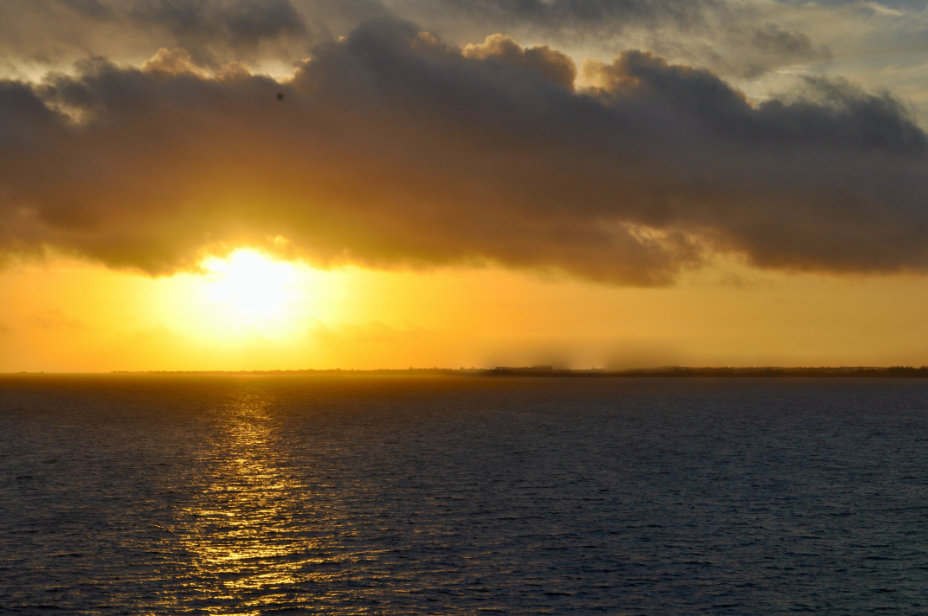
Cayce prophesied that devastation brought on by natural disasters would eventually culminate in the end of the world. This involved dramatic changes to the Earth’s geography, including the submergence of coastal regions and the emergence of lost continents like Atlantis.
21st Century Predictions From Around the World
As humanity moves deeper into the 21st century, new prophecies and predictions about the end of the world continue to emerge. These modern-day prognostications draw from a variety of sources, including religious beliefs, scientific research, and psychic visions.
Some contemporary clairvoyants have claimed to receive visions of upcoming cataclysms, such as earthquakes, tsunamis, and meteor strikes. While the accuracy of these predictions is debatable, they often gain attention and spark conversations about humanity’s future.
Perhaps the most credible and pressing predictions of our time stem from scientific research indicating the potential consequences of climate change, resource depletion, and overpopulation.
Studies have shown that the continued exploitation of nonrenewable resources, coupled with rising pollution levels, loss of biodiversity, and the catastrophic effects of global warming, could contribute to an unraveling of the world’s ecosystems.
These environmental dangers, along with political and social unrest on a global scale could contribute to the end of the world as we know it. Overpopulation, wealth inequality, and technological advances, such as artificial intelligence, could all play a role in humanity’s decline if left unaddressed.
While these modern predictions may or may not come to fruition, they serve as a testament to the human fascination with the end of the world and as a call to action for humankind to prioritize environmental protection and social equality.
Mystical Finale
Although these prophecencies and predictions about the end of the world vary in their source, they all share a common theme – the annihilation of life on earth followed by some form of rebirth.
While it is impossible to verify the accuracy of these predictions, they serve as cautionary tales and provide inspiration for humanity to strive for a better future.
Ultimately, it is up to us to decide whether these prophecies fade into history or guide our actions and shape our destiny as we continue to explore the mysteries of the universe.

